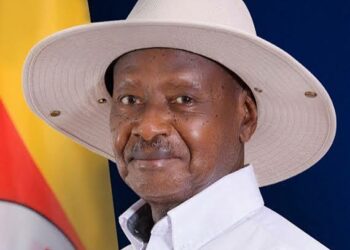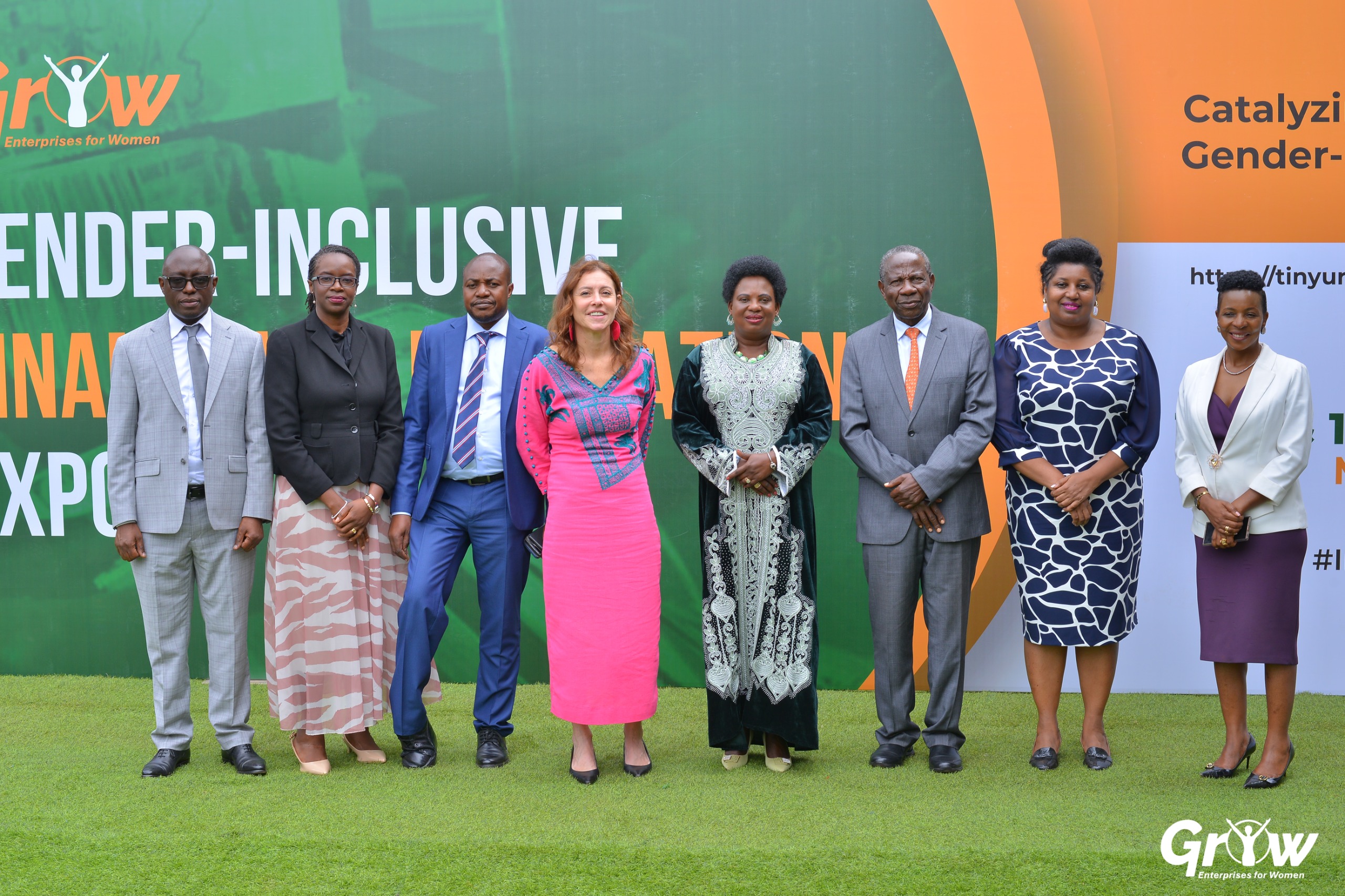The National Resistance Movement-NRM under the charismatic leadership of General Yoweri Kaguta Museveni gas identified the development of infrastructure as a direct vehicle to spur social economic transformation.
Alongside targeted investment in the road, railway, air and water transport infrastructure, Energy has unsurprisingly emerged among the government’s priority areas. By the end of the last term alone( Kisanja hakuna muchezo), power generation was increased to an impressive 1,868 Mega Wats, up from 60 MW in 1986. These included Isimba dam(183MW) and Agago II(42MW) which had just been coveted, whereas Karuma Dam(600MW) was 98% complete by July 2020.
Eight small dams to generate a total of 118.5MW were under construction while 131 districts were connected to the national power grid, up from only 20 districts in 1986.
14,820km of mediam Voltage power lines and 10,000km of Low Voltage power distribution lines were constructed. Other 6000km of MV power lines and 5000km of LV power lines were under construction at the time. Another 1,5000km of MV power lines and 2,000km of LV power lines were under procurement, while over a million consumers were connected onto the national grid..
558 sub-county headquarters, 52 Town councils and 10 divisions headquarters were also connected. Queensway substation and other substations, and several Kv transmission lines to industrial parks of Mukono, Iganga and Kapeeka were also completed.
Way Forward
For the 2021-26 manifesto, the NRM government said it would prioritise reducing the cost of electricity mainly for industrial users in order to enhance industrial production, and increasing access and utilisation of electricity. This was projected to be achieved through a number of ways such as; connecting all the sub counties by 2023 and expanding the transmission network to key economic growth zones ( industrial parks and mining areas and free zones).The free connections to households programme would also continue.
The reduction in the share of fire wood and charcoal(biomass energy) used for cooking from 85% to 50%, and to increase grid reliability to ensure that the power delivered to consumers is within acceptable standards and desirable amount, plus the completion of ongoing projects.
Transmission capacity would also be enhanced from 2,354km to 4,354km of high transmissions lines. Electric vehicle charging infrastructure would also be established while West Nile was also planned to he added onto the national power grid.
In his June State of the Nation Address, President Museveni reveled that the total electricity generation capacity is now 1,346.6 MW which he said would increase to 1,800 MW once Karuma is commissioned this year. This means, therefore, that the construction of the transmission lines to evacuate this power, must be completed without further delays. These lines include: Karuma-Kawanda (400KV), Karuma-Olwiyo (400KV), Karuma-Lira (132KV) and Kole-Gulu-Nebbi-Arua transmission lines.
The demand for electricity, Museveni said, is increasing by 15 percent per year. This means that even with the 1,800 MW installed electricity generation capacity by the end of this year, there will not be enough power for consumption and for manufacturing in the next 5 years, if we don’t continue to invest in energy generation. Given the many manufacturing plants that are being established in Uganda, we shall need to both increase and diversify our energy sources, including nuclear energy, to supplement our other sources such as hydro, solar and thermal power. Nuclear energy is expected to add another 2,000 MW to the national grid by 2036. However, by 2040, we must ensure the generation of 52,000 MW from all sources.
In the immediate future, the President noted that the government shall prioritize investment in: Rural electrification in the remaining sub-counties; Electricity connections for upcoming industrial zones and factories in different parts of the country, construction of additional power sub-stations to boost and regulate the generation, transmission and distribution; and strengthening the capacity of the Uganda Electricity Generation Company Limited (UEGCL) and Uganda Electricity Distribution Company Limited (UEDCL), to manage the distribution of power in preparation for the expiry of Eskom and UMEME concessions, respectively.
Wiith many factories being set up, one can easily see where the economy is heading. Already, there are eight Government owned industrial parks which are currently operational. These include: Kampala Industrial and Business Park at Namanve with 125 companies operational, 144 companies under the construction stage and 106 companies at the planning stage, giving a total of 375 factories or companies; Luzira with 11 companies operational; Bweyogerere with 8 companies; Soroti with 2 companies operational and 5 companies at the construction stage; Tian Shan Mbale Park with 16 companies which are operational while 4 are under construction stage; Jinja with one (1) company for assembling electric buses operational; Mbarara for small scale enterprises (SMEs) for which 35 workspaces are occupied; and Kasese where one (1) company is operational and 5 are under the construction stage. Both Karamoja and Koboko Industrial parks will soon start. In addition, we have three(3) industrial parks which are operational under a Public-Private Partnership (PPP) arrangement.
These include: Liaoshen Kapeeka with 17 companies; MMP Buikwe with 6 operational companies; and Tian Tang Mukono with 4 companies. The total capital investment within the industrial parks so far is US$ 2.93 billion and 98,263 direct jobs created with many more indirect jobs. In total, 226 factories are operating within the industrial parks while 303 factories are either under construction or the planning stage. The development of industrial parks is one of the vehicles for socio-economic transformation, with the projected creation of 2.5 million jobs in the next five years. The factories in the Industrial Parks do not include the stand-alone- factories owned and operated by many different investors. These are factories that belong to the Mukwano and Mulwana Group, etc. These are a total of 354 factories employing an additional 101,000 people. The total number of factories in Uganda is 4,008, with a total number of employees of 150,685.
The mass industrialisation strategy for development certainly needs to be accompanied with mass electrification so as to be sure of the associated benefits such as social economic transformation, mass employment, enhanced government revenue, among others.
The writer is the RCC for Soroti East Division
Do you have a story in your community or an opinion to share with us: Email us at editorial@watchdoguganda.com














